From heated, to dyed, to pulled and treated, we’ve put our beautiful tresses through much duress. But we can still achieve the same results with homemade natural hair care products.
Having strong, shiny gorgeous hair doesn’t mean we need to run out to the drug store or salon and buy the latest hair care treatment or shampoo.
With commercials and media ads luring you in through the look of perfection and banished split ends, it’s no wonder we jump on the latest hair trend or product.
The truth is, cosmetic store and salon products usually contain 30 or more synthetic ingredients – even those claiming to be natural and organic. Many of these synthetic ingredients strip the natural oils from your hair and scalp leaving your hair seriously dry. It’s also common for these products to leave behind a heavy-wax build up guaranteeing a bad hair day!
I’ll admit, I spent much of my teenage years in the drug store buying the latest shampoo and conditioner, dying and coloring my hair every 6 months and using every possible hair straightening product on the market to tame my crazy curls and frizz.
I even remember bugging my mother every other night to blow dry my hair straight because she did such a better job than I did and I wouldn’t dare go to school with my hair curly.
Oh what I’ve learned over the years! From the many chemicals and toxins I’ve exposed my delicate hair to, I’ve come a long way in caring for my curly tresses.
My bathroom is free of commercial hair care products and chemical ingredients and I wouldn’t dare to wash my hair with the latest Vidal Sassoon shampoo or Pantene pro-v hair treatment.
Today, I opt for organic oils, and chemical-free, natural hair care products (a great go-to source is Morrocco Method) along with eating a healthy hair diet full of antioxidants, minerals and friendly fats.
So if you’re looking to bring back that healthy shine, banish those split ends, ditch the dry itchy scalp and strengthen your hair, look no further! Follow this guide to natural hair care below for beautiful, healthy hair, guaranteed.
First, it’s important to be aware of chemical ingredients to avoid when shopping for shampoos, conditioners and hair care products in general. Here are 4 commonly used ingredients that our skin, our cells, and especially our hair can thrive without:
- Sulfates are in 90% of foaming and lathering products as well as in skin and hair care products as fillers. Sulfates are frequently described on labels as “comes from” or “derived from” coconut in an effort to portray them as innocuous even though they are known skin irritants, hormone and endocrine disruptors and suspected carcinogens and gene mutagens. Any chemical capable of mutating genes deserves our attention! Sulfates are among the most commonly used because they are inexpensive and effective at cutting through oil. On labels, look for sodium laureth sulfate (SLES), ammonium laureth sulfate (ALES), sodium lauryl sulfate (SLS) and ammonium lauryl sulfate (ALS)… and don’t be fooled by the coconut references.
- Paraben is a common preservative and one of the primary chemicals responsible for disrupting the endocrine system and unbalancing crucial hormones. On labels, paraben is often listed with the prefixes ethyl-, methyl-, propyl-, isopropyl-, butyl- or isobutyl.
- Water and water-based infusions which are called distillates or aqueous extracts, are used as fillers and are literally used to ‘fill your bottle up’ inexpensively. Water-based solutions are vulnerable to spoilage so preservatives like paraben and sodium benzoate must be added to the product. Don’t expect water quality to be high either. Your most likely looking at tap water being used, which means your products likely contain chorine and fluoride along with a multitude of other toxins.
- p-Phenylenediamine this ingredient is commonly found in hair dyes, including some natural henna dyes as well as colored shampoos and hair bleach. There is evidence of this ingredient being a neurotoxin and causing skin rashes and eczema. Many efforts to restrict its use have been defeated over and over again.
Become an Informed Shopper
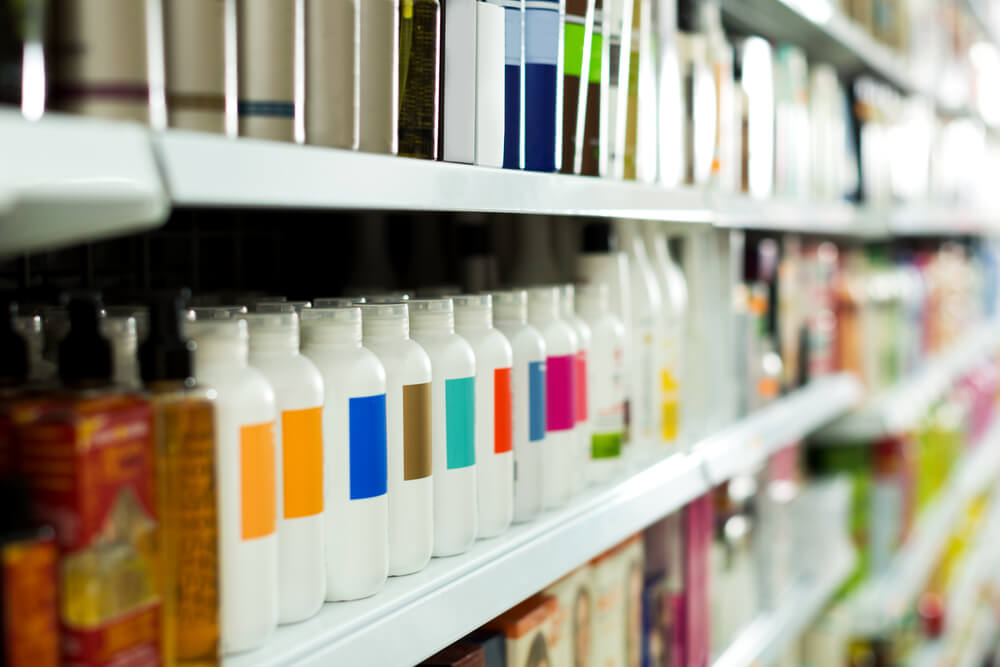
- Read ingredient labels and look for companies that show complete ingredient transparency.
- Search for beauty care products at ewg.org to check for chemical and toxic rankings between companies and learn which companies provide the safest products for you and your family
- Visit thinkdirtyapp.com and upload a picture of one of your beauty care products to check for toxicity and chemical ingredients right at your fingertips! You can view over 70,000 products.
- Watch this 7-minute film on the story of cosmetics, which examines the pervasive use of toxic chemicals in our everyday personal care products, from lipstick to baby shampoo.
Eat for Beautiful Hair
Your hair is only as healthy as your body, and what you eat will have a direct impact on the health of your hair.
Be sure to include:
- Healthy fats, such as: olive oil, coconut oil, ghee, grass fed butter, avocado, chia seeds, flaxseeds, wild-caught cold water fish, walnuts and brazil nuts for shiny locks, softness and sheen. These fats contain healthy omega 3’s, which help to moisturize and lubricate hair and skin from the inside out.
- Eat enough protein. Hair is made of protein and if your diet is deficient in the full spectrum of amino acids that comprise complete proteins, then your hair will become brittle, dull and weak. Protein helps with cell renewal, repair and growth and strengthens the hair. Include: grass fed pasture raised meats, eggs or wild-caught cold water fish.
- Load up on zinc. This important mineral is essential for hair growth. Find this mineral in pumpkin seeds, spinach and oysters. Bonus – it will also gives you gorgeous skin and strong nails too!
- Get your iron. Found in pasture-raised red meat and leafy greens this mineral is also important for hair growth and strength.
When it comes to treating specific hair needs, there really is no need to spend (waste!) your money on fancy hair brands. In fact, healthy hair really starts with the health of your scalp.
Start with a Healthy Scalp
Your scalp has over 200 blood vessels and 650 sweat glands. In fact, your scalp is one of the most absorbent parts of your body. It literally acts as a sponge, making it vital to be more conscious of what you put on it.
At the base of every hair follicle, right at the scalp, are sebaceous glands. These get a bad rap as most people complain about greasy or oily hair. Chances are, if you’re using conventional hair products, your stripping the natural healthy oils from these sebaceous glands that actually help to protect, nourish and fight against infection. The more chemicals you put on your scalp, but more you harm the sebaceous glands, which in turns gets you reaching for more shampoo, conditioner, defrizzer, hair color and so on.
The root cause of many scalp issues stem from hormonal imbalances, dietary zinc deficiency, fungal infections, such as candida and even digestive and constipation issues. It’s important to address these issues, along with using more organic options for natural hair care. If you’re looking to reboot your hair health, Morrocco Method carries a great Healthy Hair Starter Package, which provides a mix of botanicals, clays and essential oils to get you started.
If you’re suffering with a dry, itchy and flaky scalp, try using rosemary or pine essential oil. You can add a few drops to your head and gently message the oils into your scalp. Both oils contain antibacterial and antifungal properties. Peppermint essential oil is very cooling and great for inflammation and helps to combat itchiness.
Weak and damaged ends can be repaired with jojoba oil, which is naturally rich in lipids and peptides and easily absorbs into the hair. Just a dab on dry hair or damaged hair ends will give your hair a healthy glow.
Argan oil also works great for dry and damaged hair. Rub a few drops onto your palm and gently run through your hair. Be sure to focus on your ends, especially if they are dry.
For super shine, rosemary essential oil has an antioxidant shown to protect a protein in the skin and hair called HSP70. The role of this protein is to reduce the damage that stress, free radicals, and other toxins can do to cells. Rosemary oil will give you smoother, stronger hair strands, which
makes hair look reflective and shiny. Lime oil, as well as all pure citrus oils, dissolve and release trapped dirt and oils and renew the luster to clean locks.
Alternatively, you can add a few tablespoons of apple cider vinegar to a spray bottle with warm water and keep this in your bathroom to spritz on hair after you’ve shampooed. Vinegar will help restore pH and add shine.
To combat dandruff, look no further than coconut oil. The lauric acid found in coconut oil has many antibacterial and antifungal properties that help to fight dandruff. Massage a few tablespoons onto your scalp and leave on for a few hours. Repeat 2-3 times throughout the week depending on the severity of your dandruff.
DIY Natural Shampoos
Now that you’re committing to ditching your toxin filled conventional shampoo, you can easily make your own.
Lemon or Apple Cider Vinegar Rinse
These two cleansers are very commonly used for natural hair care as both do a wonderful job of cleansing impurities and conditioning hair. Mix either the juice of one lemon or two tablespoons of apple cider vinegar with 1 cup of warm water and rinse through hair then comb through. You can use this on it’s own or after shampooing for extra cleansing and conditioning. I highly suggest giving your locks a break for 2 weeks from all shampoo and strictly stick to just using this rinse to help balance out pH levels of the scalp.
Baking Soda Shampoo
Seems like baking soda can really do everything! Mix 1 tablespoon into 1 cup of warm water, pour over hair, rinse and comb through. You’ll help to rid the scalp of impurities and gently cleanse your locks.
Arrowroot Dry Shampoo
If you’re giving your hair a break from traditional shampoo and conditioner, this dry shampoo is great for absorbing excess oil. Gently sprinkle arrowroot onto hair and massage into scalp. Then brush or pat out excess. You can also mix it with a little bit of cocoa powder or cinnamon for darker hair.
DIY Natural Conditioner
There are many simple and cost effective ingredients you can use at home (literally, from your kitchen) to make a nourishing conditioner:
Avocado Mask
Mash up 1 avocado and mix it with 1-tablespoon coconut oil and smooth onto hair. Leave on for at least 30 minutes, or up to 4 hours. Then, rinse and comb through. You can also use the avocado on its own or alternatively, combine with 2 tablespoons of raw honey.
Oil Treatment
I love this method! Drench hair in ¼ cup of either jojoba oil, extra virgin olive oil, coconut oil or sweet almond oil. You can leave this on for a few hours and wrap your hair in a towel or you can wrap your hair in a plastic bag and leave on overnight. Either way, rinse your hair with the baking soda shampoo recipe above then comb through for soft and luscious locks! I personally like to warm the oil on the stove then pour over and massage in to my hair.
Using more natural oils that don’t strip your hair and help balance out the pH of your scalp will lead to more lustrous beautiful hair. You’ll find you can manage your hair better and won’t need much styling product.
Taking the time to include a weekly hot oil treatment can do wonders for your hair, especially during the wintertime when hair tends to be drier.
Make the commitment to switch to more natural hair care methods and not only will your hair improve, but you’ll be supporting your health overall by eliminating toxins and chemicals found in many conventional brands. Your skin, your hair and your cells will thank you for it!

This post is sponsored by our friends at Morrocco Method. Our goal is to always bring you healthy, Paleo-friendly articles that we know you’ll love. We only feature trusted brands approved by the PaleoHacks team.



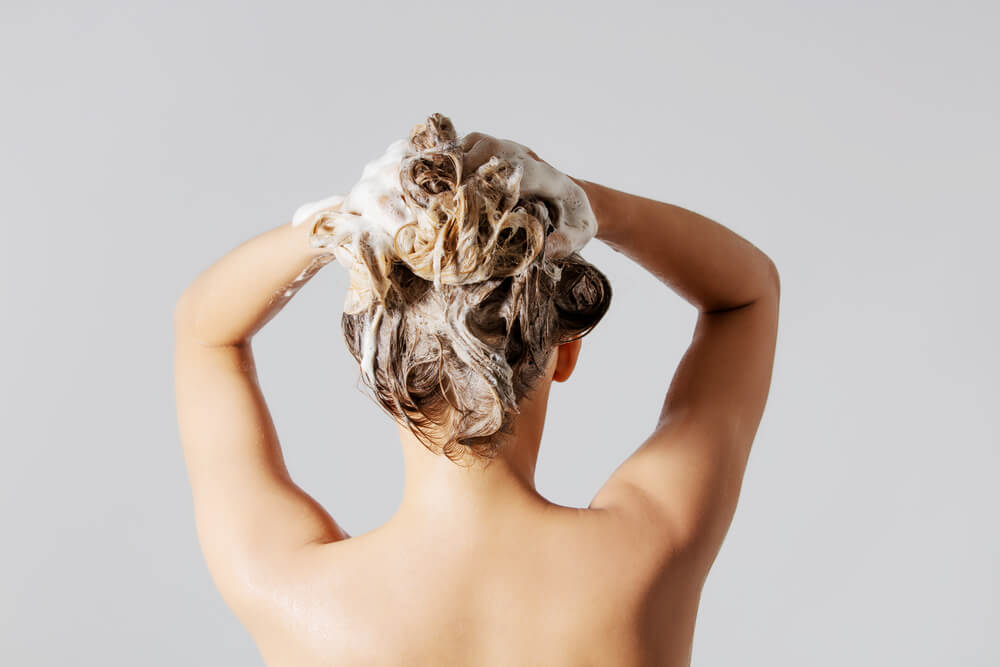
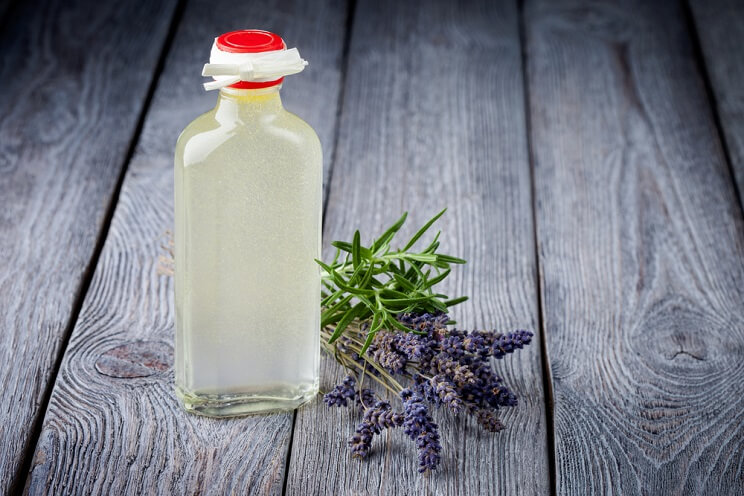
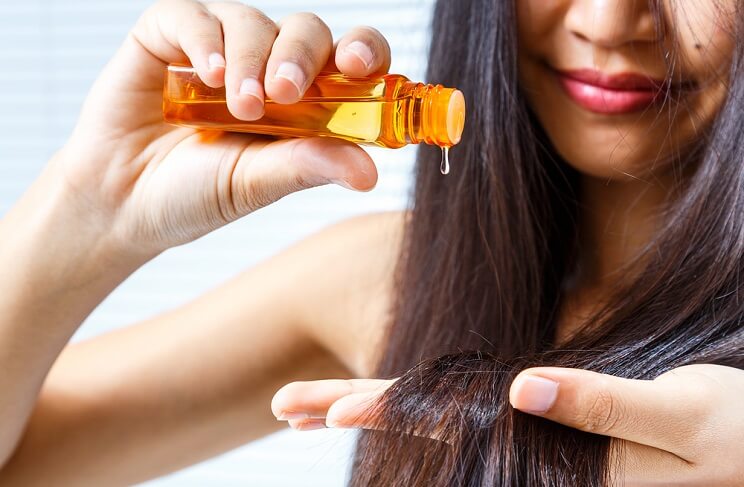
 How to Create a Perfect Paleo Shopping List
How to Create a Perfect Paleo Shopping List
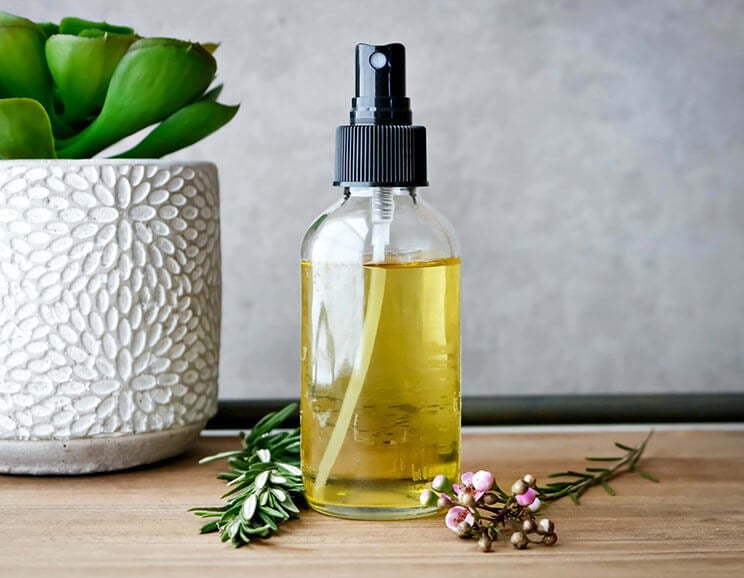

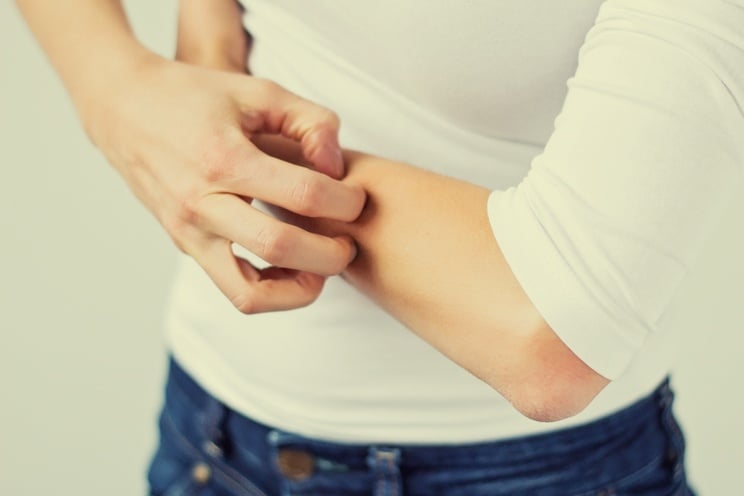
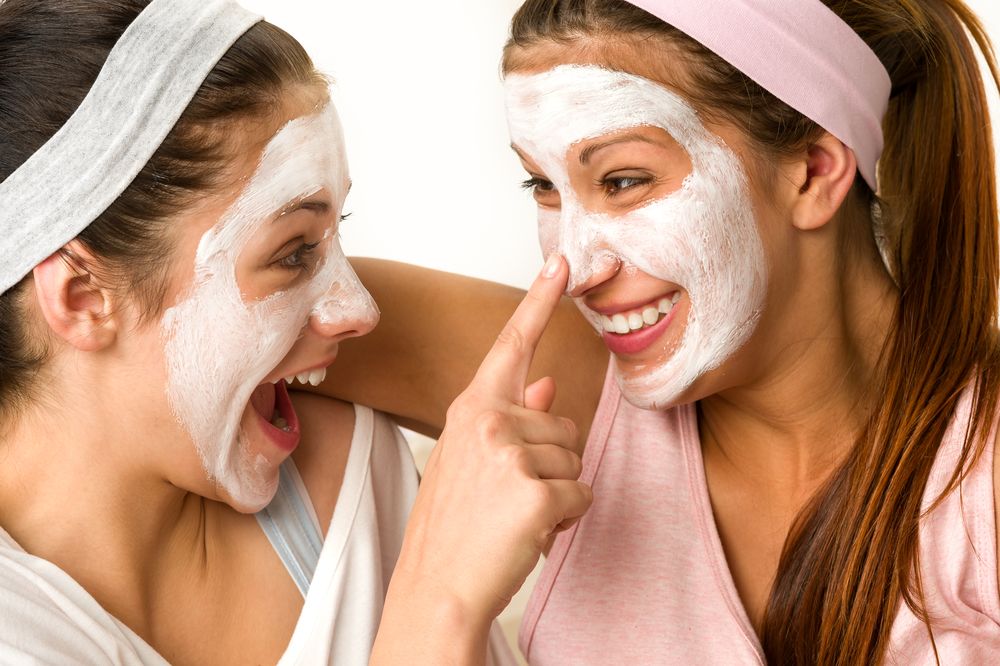
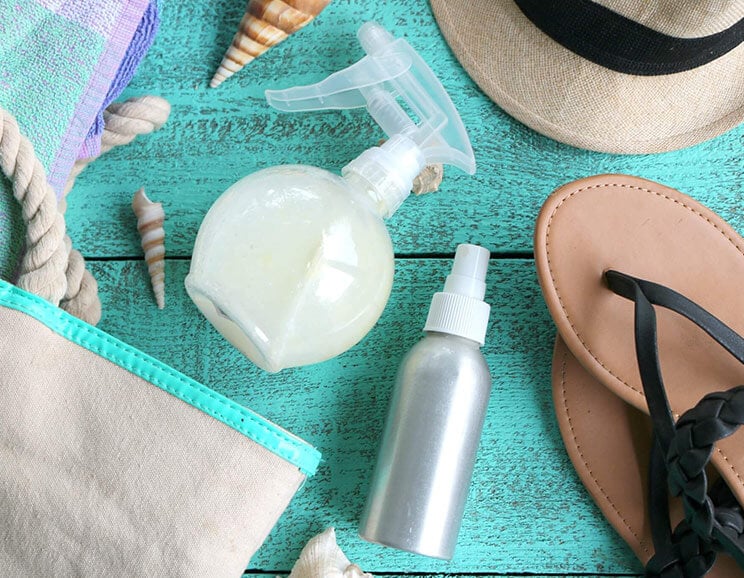
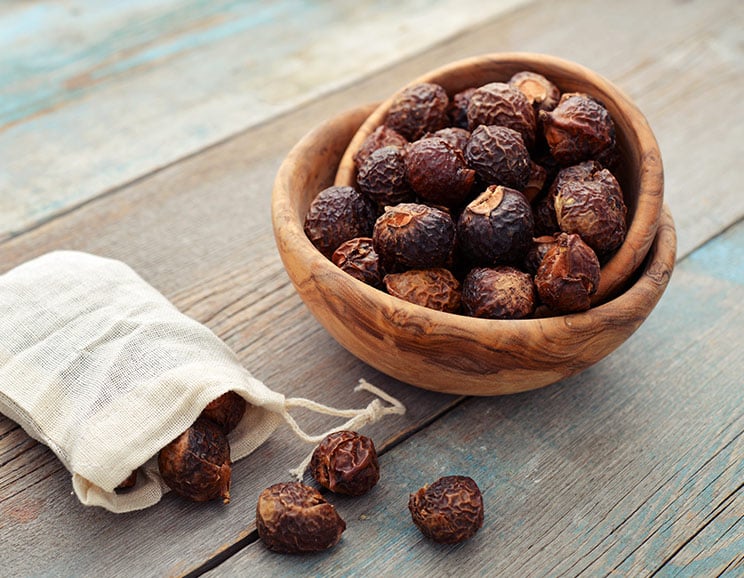
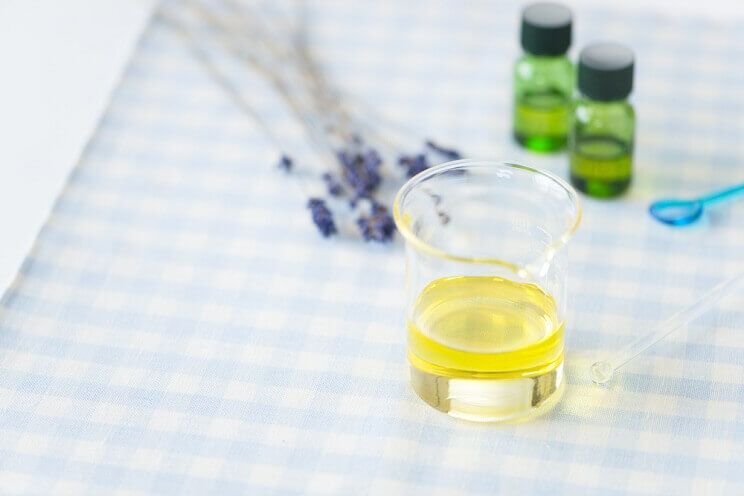
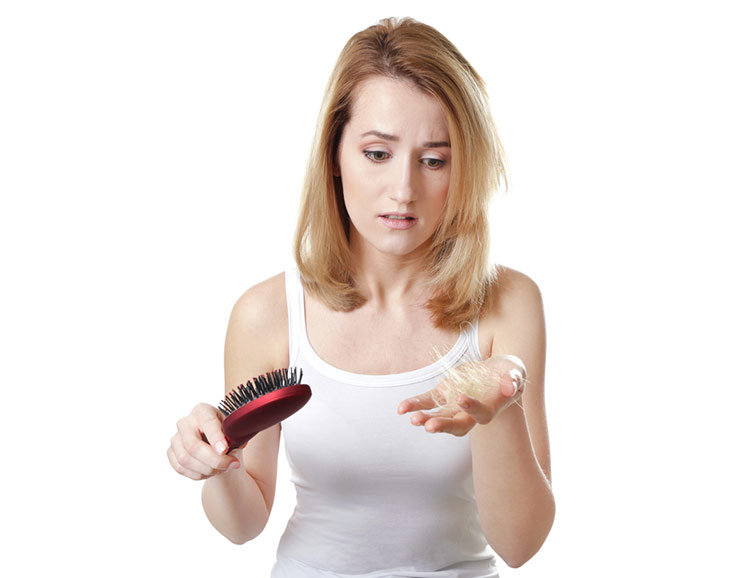
Show Comments